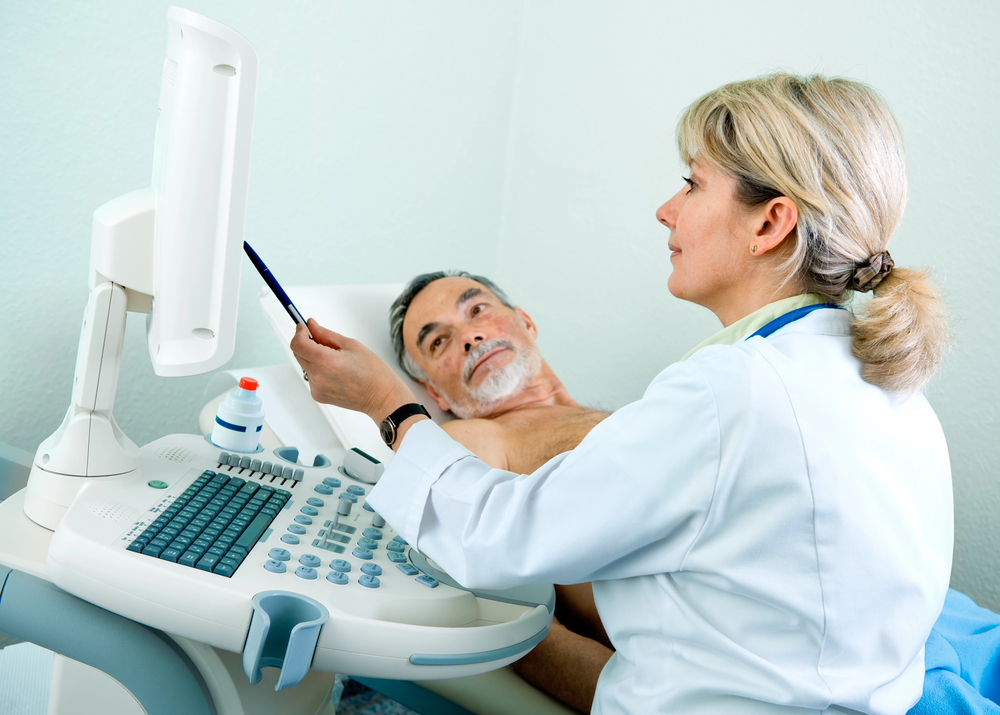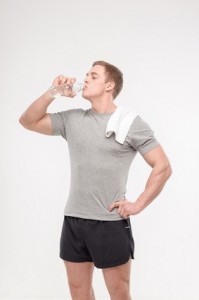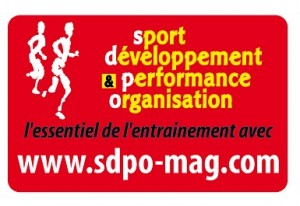Medical Advice
GET OFF TO A GOOD START

Our journey will take us to the province of Siem Reap, where the climate conditions and hygiene can sometimes be challenging. However, there is no fear if you choose accommodations in the hotels selected by SDPO. To complete your sporting adventure, we require a medical certificate for this test that is duly signed by a sports medicine specialist. Also, we strongly recommend that you follow these tips:
VACCINATIONS
While there is no requirement to have vaccinations before arriving in Cambodia, we recommend, for your safety, to have this vaccination updated:
DT POLIO UPDATE (1 dose every 10 years)
HEPATITIS AVi typhoid Typhim :1 dose every 3 years
MALARIA
Depending on the region, the recommended prophylaxis is Malarone. As an indication, we therefore advise you to use Malarone, one tablet the day before departure, then one every day until 8 days after your return to your country.
Other source: Year-round transmission in rural forest areas, including coastal areas. No transmission in Phnom Penh and around Tonle Sap Lake (Siem Reap), and negligible in the tourist area of Angkor Wat.
https://wwwnc.cdc.gov/travel/destinations/traveler/none/Cambodia
HYGIENE
Hygiene and clean water are still very rudimentary in Cambodia, the transmission of many diseases is easy. Therefore, it is essential to follow these simple rules of hygiene and safety:
A / WATER
Drink bottled mineral water, opened in front of you.
B / FOOD
Food should be served hot and eaten cooked. You should not eat raw vegetables, drink soft drinks with ice, or drink fruit juices sold in the streets. Fruits should be washed with mineral water or peeled just before consumption. Wash your hands carefully before each meal (wipes can be useful).
OTHERS
At this time of the year, the temperature is pleasant and you will not be bothered by any moisture. However, bring some loose-fitting clothing, as they will be useful against insect bites if you go for walks in the jungle after the race. Also, pay attention because it can get cool when you go outside.
TIPS AGAINST SUN AND HEAT
Drink plenty of water before, during, and after the race.
In addition to this recommendation, we suggest:
– Running with a camelback
– Salt tablets: no more than 1 to 2 g / per day (see also energy drinks proposed by SDPO)
– UV filter sunglasses
– Soothing eye drops after irritation from the sun (for people exposed to this inconvenience)
– Lip balm
– Whenever possible, keep a shirt on during the race (the wet suit will keep humidity on the skin)
– Recommended cap (required) + neck protection
BEFORE LEAVING
– Dental Control
– Gynecological Control
– Consultation from a general practitioner to establish a medical kit, and an order summarizing the medicines
that you will take.
DEHYDRATION AND HYPERTHERMIA SPORT seen by SDPO
The human body is made up of 2/3 of water – about 70% in the cells, 20% in the space between the cells, and 10% in the bloodstream. A shortage of water in the body can have multiple consequences such as:
– Neurological, a confusing state, which may include having a coma
– Cardiovascular, with low blood pressure, or hypovolemia
– Acute renal failure
Sweat is a mixture of water and various mineral salts (sodium, potassium, calcium, magnesium, chlorine, etc.)
The loss of sweat during exercise can grow from 1 to 3.7 liters per hour in an athlete, depending on atmospheric conditions. Those losses must be balanced by drinking energy drinks and water every 15 minutes.
For athletes, in addition to these serious diseases – dehydration can cause: cramps, tendinitis, muscle contractures, digestive disorders or decreased performance. These mild symptoms can serve as warning signals.
A heat stroke during exercise, or malignant hypothermia is less known by athletes, but their consequences associate with: severe neurological syndrome, cardiovascular, and hypothermia life-threatening. Its occurrence is favored by prolonged stress, failure hydration, and weather conditions combining heat and humidity.
—
PREVENT THIRST
You must drink before feeling thirsty.
—
PREVENTING HEAT STROKE
Enjoy every refueling point. You have to refresh your body, drink, and take into account the weather conditions (heat, humidity).
—
MEDICAL KIT: for example:
– Anti-diarrhea and antiemetic (vomiting) like: Imodium and Ercefuryl
– Antispasmodic
– Analgesics
– Antimalarial
– Ointment antihistamine (allergies to insect bites)
– Eye Drops
– Antiseptic ENT (air conditioning)
– Insect screen skin and tissue (lab Self Travel), or Five / five tropical
– Compresses impregnated with antiseptic
– Dressings, paraffin gauze, compeed, and bandages
– High protection sunscreen or sunblock + Biafine
– Thermometer
– Small scissors + splinter forceps
– Pharmacy (pill) + intimate drugstore for ladies
– Sufficient medicines if you follow treatment
– A pair of replacement if you wear contact lenses or glasses
DO NOT TAKE DRUGS THAT CANNOT TOLERATE WITH HEAT WELL (Suppositories, syrups, or oral suspensions are considered unstable).
This list may seem impressive, but it should be noted that there is no western pharmacy in Cambodia. We would like to point out that due to the number of participants, FIDELIA Assistance, our medical partner, cannot provide all of these medicines.
Thank you for your attention.
Jean Claude Le-Cornec
Founder of SDPO

